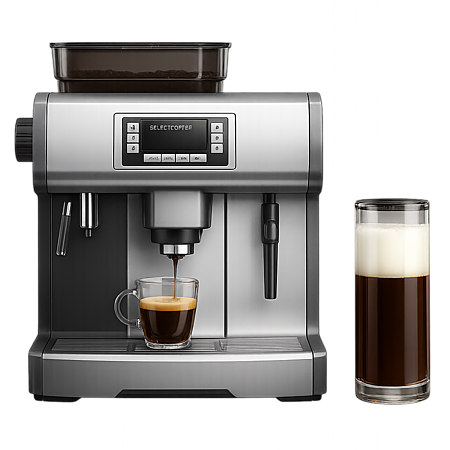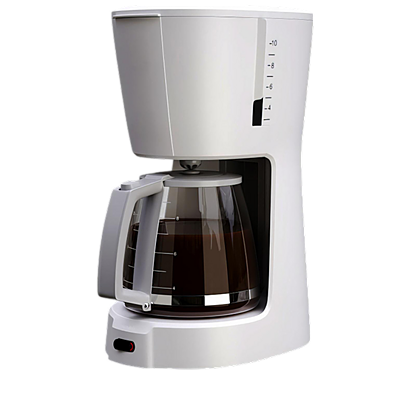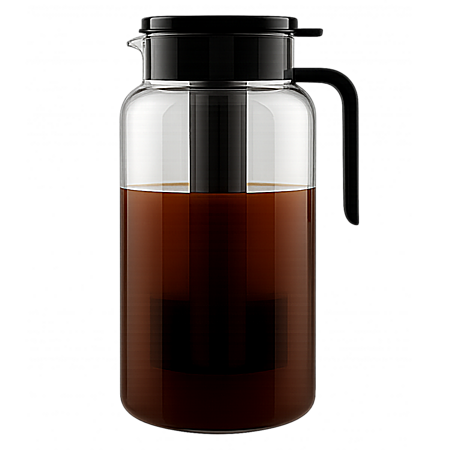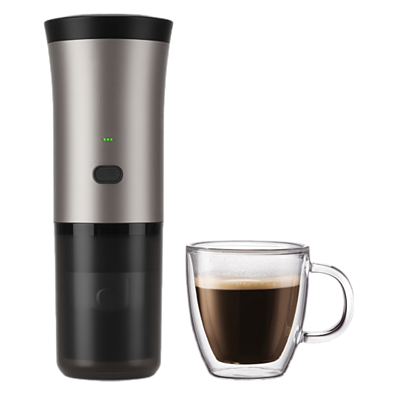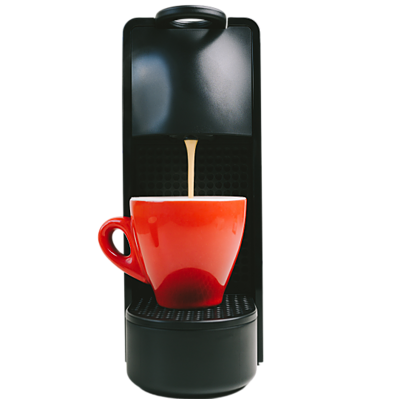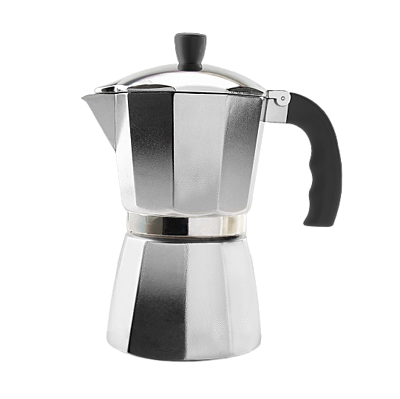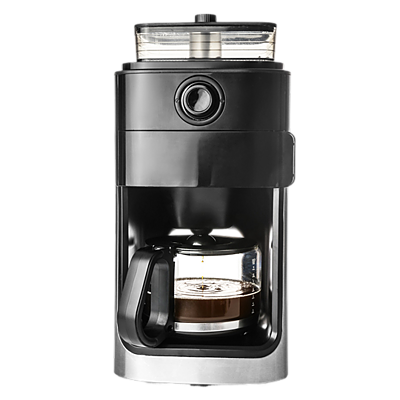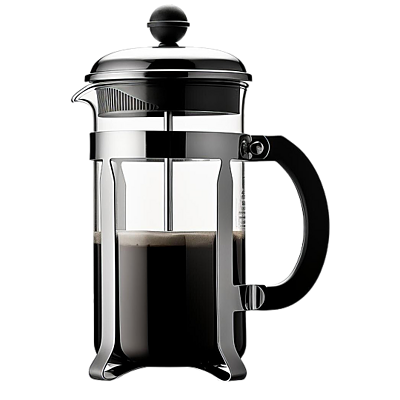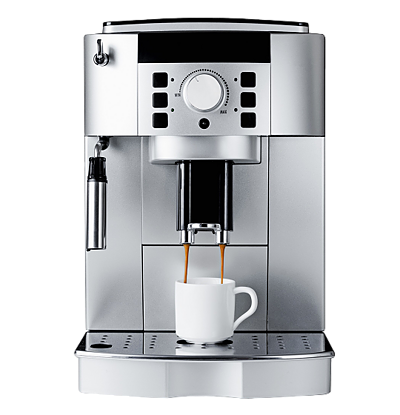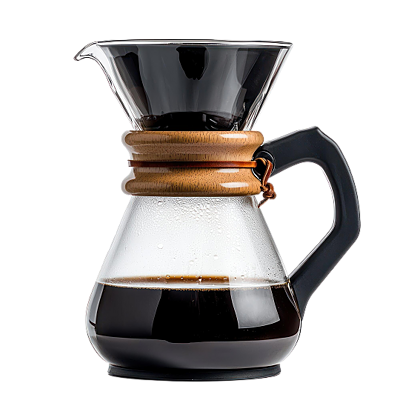Travel coffee makers are not just for backpackers and campers. They’re for everyone who wants a good cup of coffee when you’re on the go. This could mean commuting, road trips, or even hotel stays when there isn’t a good coffee pot setup. Travel coffee makers are small, convenient, and often can do double or even triple duty.
So if you want to make a great cup of coffee without sacrificing quality, but also want to take it with you no matter where you are, these coffee makers are the ones to buy.
In this guide, I’ll show you how to pick the travel coffee maker that will be right for your speed, suitcase, and style. And, if you’re interested in reading more about coffee machines in general and reviewing the different brands on the market, see my main buyer’s guide.
How to Buy a Travel Coffee Maker: Key Features to Consider
Brew Method
The brew method defines how your travel coffee maker extracts flavor and impacts both convenience and coffee quality on the go. Common methods include French press, pour-over, AeroPress-style, and espresso-style brewers, each with unique advantages.
French press travel makers steep coffee grounds directly in hot water before pressing, producing a rich, full-bodied cup with minimal equipment. Pour-over styles use disposable or reusable filters and rely on gravity to brew, offering a cleaner, brighter cup but usually requiring a separate kettle.
AeroPress-style brewers combine immersion and pressure, delivering smooth, concentrated coffee quickly and with easy cleanup—making them popular for travelers. Espresso-style travel makers produce concentrated shots, often needing fine grounds and more effort but pleasing those who prefer strong coffee.
When choosing, consider how much gear you want to carry, how quickly you want coffee ready, and what flavor profile you prefer.
Size and Portability
Size and portability are critical when choosing a travel coffee maker, especially if you’re packing light or brewing on the move. Compact, lightweight models are ideal for backpacks, carry-ons, or glove compartments. Look for brewers that weigh under a pound and are no larger than a standard water bottle for maximum convenience.
Some travel coffee makers are designed to nest components—like a mug, filter, and scoop—into a single unit, saving space and reducing the need for extra gear. Others double as travel mugs with a leak-proof lid, allowing you to brew and drink from the same container.
If you’re frequently on the road, camping, or flying, prioritize models made from durable materials like BPA-free plastic or stainless steel. Avoid glass or overly bulky designs unless you have extra space and want a more home-like experience.
Durability and Material
Durability is essential in a travel coffee maker, especially if you’re packing it into bags, using it outdoors, or brewing daily on the go. The material directly impacts how well it holds up under rough conditions and frequent use.
Stainless steel is a top choice for durability. It resists dents, retains heat well, and often comes with double-wall insulation for added protection. It’s ideal for camping, commuting, and environments where impact resistance matters. BPA-free plastic is another common material—lightweight, affordable, and usually tough enough for regular travel. Look for high-quality plastics that won’t crack or warp with heat.
Silicone components, often used in collapsible designs, offer extreme portability and flexibility but may wear down faster over time. Glass is less common in travel brewers due to its fragility but can be found in hybrid models if you prioritize taste over portability.
Choose a coffee maker with sturdy seals, tight-fitting parts, and minimal weak points. A durable build ensures your brewer can handle frequent use, bumps, and varied conditions—whether you’re commuting to work or hiking off the grid.
All-in-One Functionality
All-in-one travel coffee makers combine multiple brewing components into a single unit, making them ideal for convenience and portability. These systems typically include a built-in filter, brewing chamber, and drinking mug—sometimes even storage for coffee grounds—so you don’t need to carry extra gear like separate filters, kettles, or cups.
This design is especially useful for commuting, camping, or air travel, where space is limited and cleanup needs to be quick. Many models let you brew directly into the mug you’ll drink from, cutting down on mess and simplifying your routine. Some also include leak-proof lids and insulation, so you can take your coffee on the go right after brewing.
When evaluating all-in-one systems, check how securely the parts fit together, whether the filter is reusable or disposable, and how easy it is to clean after use.
Heat Source Compatibility
Since most travel coffee makers don’t include built-in heating, it’s important to consider how you’ll boil water—especially if you’re brewing outdoors or away from a kitchen. Some brewers are designed to be used directly on a stovetop or campfire, while others require a separate kettle or access to hot water.
If you’re camping or traveling off-grid, look for models compatible with portable stoves or open flames—typically made from stainless steel or heat-safe materials. Avoid plastic brewers in these situations, as they can melt or deform. Some all-metal designs even allow you to heat water and brew in the same container, reducing the number of items you need to carry.
For hotel rooms, office use, or air travel, consider compact electric kettles or models that work well with boiled water from coffee stations or thermoses. The key is making sure your brewer matches your most likely heat source.
Cleanup and Reusability
When you’re on the move, quick and easy cleanup is essential. Travel coffee makers with fewer parts and smooth, non-stick surfaces are easiest to rinse in a sink or wipe clean with a cloth. Avoid models with hard-to-reach crevices or components that trap grounds, especially if you won’t have access to running water.
Reusable filters—often made of stainless steel or fine mesh—reduce waste and eliminate the need to carry paper filters, but they require rinsing after each use. Some brewers use disposable filters, which can simplify cleanup but add to your packing list and ongoing cost.
If you’re traveling light or in remote areas, prioritize brewers that clean with a quick rinse and don’t need detergent or tools to disassemble. All-in-one designs with integrated filters and mugs often streamline cleanup and minimize waste.
Travel Coffee Maker Types: Choose by Use Case
Choosing the right travel coffee maker depends on how much convenience and control you want.
AeroPress & AeroPress Go
Best for: Adventurers and coffee nerds on the go
Pros: Fast, strong brew; espresso-style shots; very compact
Cons: Requires separate kettle
Perfect for travelers who want power and versatility in a portable package.
French Press Tumblers
Best for: Commuters and campers
Pros: Brew and drink from the same container; no extra filters needed
Cons: More sediment, bulkier
A solid all-in-one solution for those who like bold, full-bodied coffee on the move.
Pour Over Travel Sets
Best for: Minimalists and ultralight backpackers
Pros: Lightweight and compact; clean, flavorful cup
Cons: Requires a separate cup or carafe
Best for campers or solo travelers who want to pour over flavor without the bulk.
Self-Heating Travel Coffee Makers
Best for: Remote workers or van lifers
Pros: Heats and brews with battery or plug-in power
Cons: Pricier, slower, needs charging
The ultimate solution for brewing anywhere, even without access to hot water.
Collapsible Silicone Brewers
Best for: Hikers, backpackers, or emergency kits
Pros: Tiny footprint, durable, easy to clean
Cons: May lack thermal insulation or stability
Great backup or ultralight option for those with serious space limitations.
Advanced Features Worth Considering
- Built-in mug or tumbler: Brew and drink from one container, minimizing gear.
- Vacuum insulation: Retains heat for hours, perfect for road trips or flights.
- Reusable metal filters: Environmentally friendly and practical, with no paper required.
- Travel case or carry pouch: Keeps components together and safe.
- Measuring markings inside: Allows you to approximate ratios without a scale.
- Sipping lid or leak-proof seal: Keeps spills from happening and your bag clean.
- USB or battery heating: Certain models can heat water or maintain a set temperature.
- Multi-use functions: Some travel brewers can also make cold brew or tea.
Budget Breakdown: What to Expect
Travel coffee makers are available at a range of price points, and each tier offers different levels of convenience, durability, and performance.
- Under $25: Entry-level options are usually compact, lightweight, and made from plastic or silicone. They may include basic pour-over cones or simple French press-style brewers. These are ideal for occasional use or as a backup but may lack insulation and long-term durability.
- $25–$50: Mid-range models often offer better build quality, reusable filters, and more thoughtful design—like integrated mugs, improved sealing, and easier cleanup. You’ll also start to see AeroPress-style devices and compact presses in this range. These are well-suited for frequent travelers who want dependable performance without extra bulk.
- $50 and up: Premium travel brewers in this range typically feature stainless steel construction, vacuum insulation, and all-in-one functionality. Some are compatible with multiple brew methods or come with accessories like carrying cases or built-in grinders. These are ideal for daily use or travel situations where reliability and versatility matter most.
Which Travel Coffee Maker Matches Your Routine?
Almost everyone falls into one of these categories. Which one are you?
- Flying every week? Invest in a press tumbler or a self-contained AeroPress Go for faster brews in transit.
- Heading into the backcountry? Choose collapsible pour over cones or durable French press models that can be packed flat and are damage-resistant.
- Brewing solo? Find a small, travel-sized 12–14 oz. model that integrates the mug and has no extra parts.
- Going off-grid? Search for self-heating brewers or USB-compatible options that don’t need a stove or wall plug.
- Commuting daily? Consider a thermal tumbler press with a sip-through lid and one-handed operation.
Is a Travel Coffee Maker Right for You?
A travel coffee maker is a great choice if you enjoy brewing coffee outside the comfort of your home kitchen. Commuting to work, car camping, hoteling, or working remotely are a few situations where having a great brew system in-hand can make your day. If you are constantly on-the-go and simply can’t start your day without a good cup of coffee, then having a travel brewer is a must.


